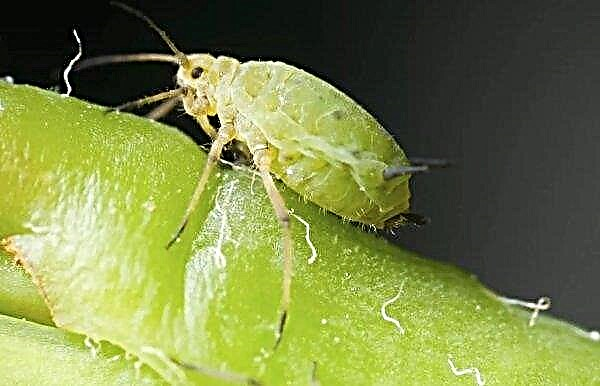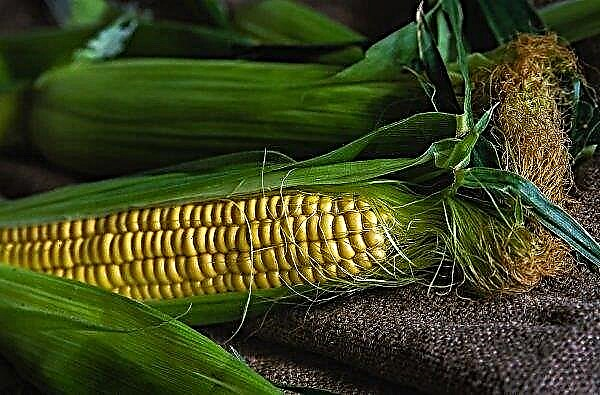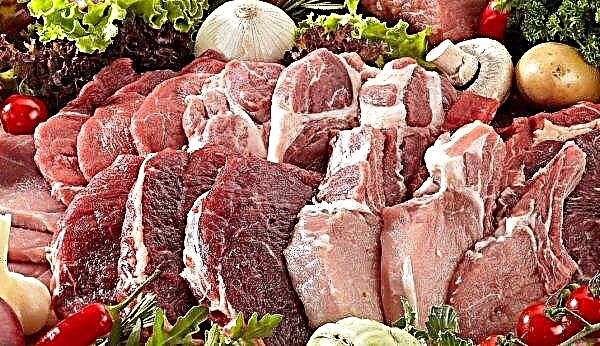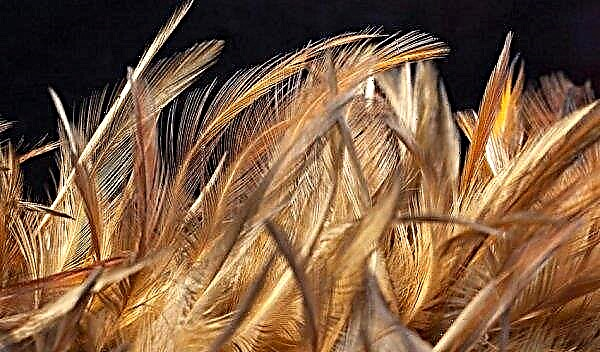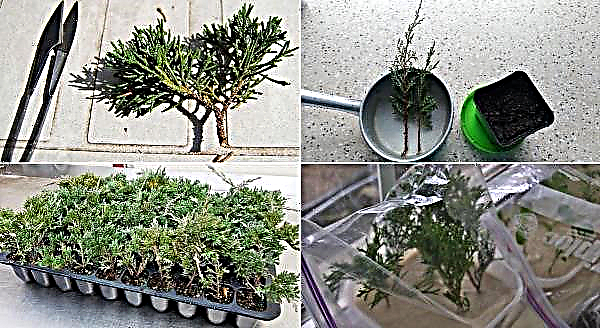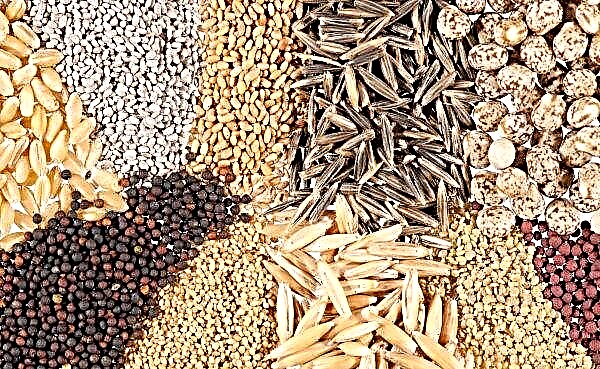A well-known fact of the benefits of White Cabbage for the human body, especially for the digestive system, is undeniable, because it is rich in vitamins and minerals. To preserve its properties and increase the shelf life, experienced housewives advise pickling or fermenting a vegetable, according to the classic recipe or with the addition of berries.
Selection and preparation of ingredients
To prepare delicious preparations for the winter, you need to choose only high-quality, without damage and signs of decayed products. Then you need to thoroughly wash the head of cabbage and clean it of green and damaged leaves. You need to wash and clean other components of the workpieces.
Important! Late varieties are best suited for salting - they contain more Saharadue to which fermentation occurs. You need to choose large and elastic heads of cabbage.
Recipes for harvesting cabbage with lingonberries
Below are some recipes for snacks: classic, cabbage with lingonberries and apples, also with lingonberries with two fillings.
Classical

2 cans per 3 l40 minutes
Nutritional value per 100 g:
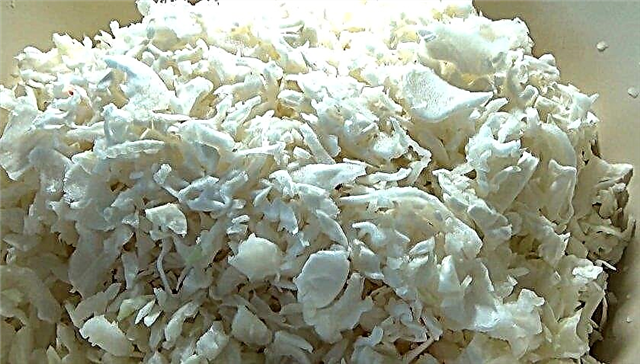 Cut the head into 4 pieces. Cut the stump. Chop into strips and put in a deep bowl.
Cut the head into 4 pieces. Cut the stump. Chop into strips and put in a deep bowl.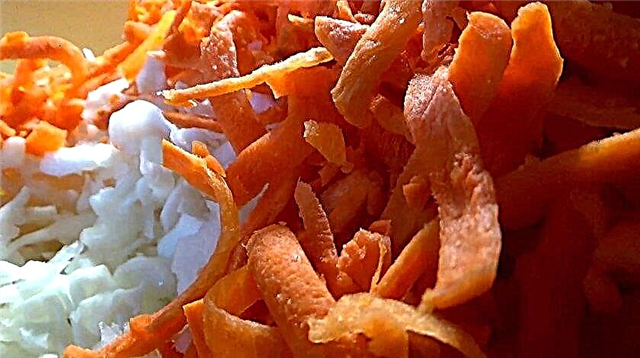 Wash, dry and peel carrots. Grated peeled vegetable on a coarse grater. Add to cabbage.
Wash, dry and peel carrots. Grated peeled vegetable on a coarse grater. Add to cabbage. Add salt, dill seeds to the chopped vegetables and mix by hand, squeezing lightly, for the appearance of juice.
Add salt, dill seeds to the chopped vegetables and mix by hand, squeezing lightly, for the appearance of juice.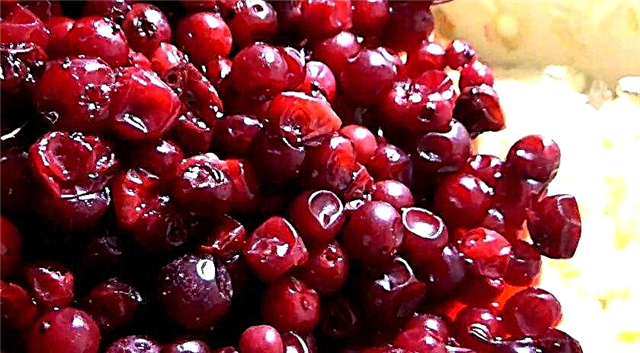 Prepare lingonberries, rinse or thaw.
Prepare lingonberries, rinse or thaw.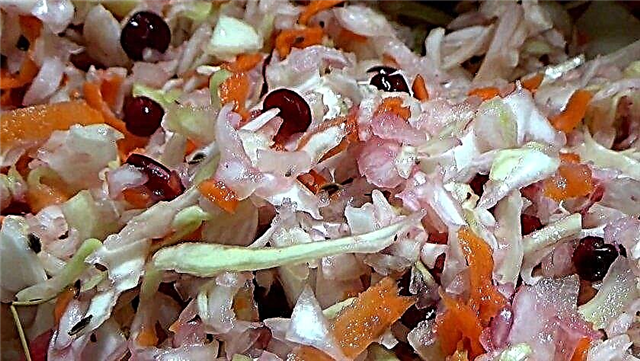 Add the berry to the mixture and mix with light movements.
Add the berry to the mixture and mix with light movements.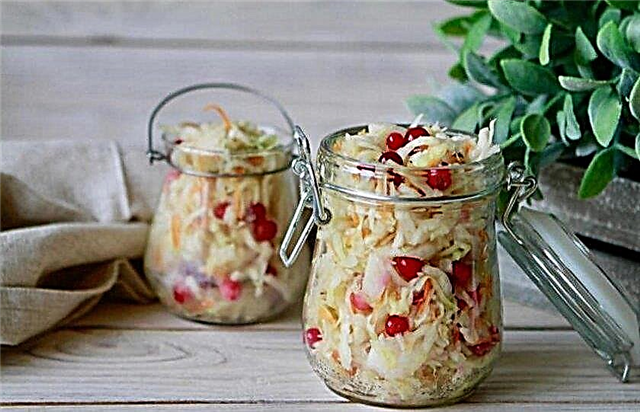 Place the finished product, tamping slightly, in clean jars. Close the container with capron lids and put in a warm place for 3-4 days.
Place the finished product, tamping slightly, in clean jars. Close the container with capron lids and put in a warm place for 3-4 days.
Important! No need to fill the cans to the top with vegetables, you need to leave room for juice. After all, the fermented liquid begins to rise and can leak out.
Video recipe
Cabbage with lingonberries and apples

2 cans per 2 l60 minutes
Nutritional value per 100 g:
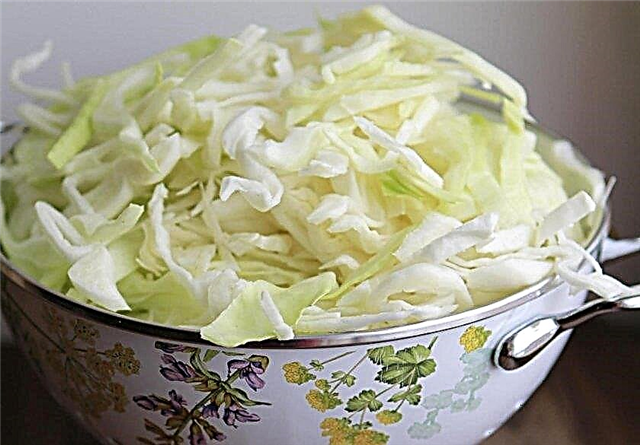 Divide the head into pieces, chop.
Divide the head into pieces, chop.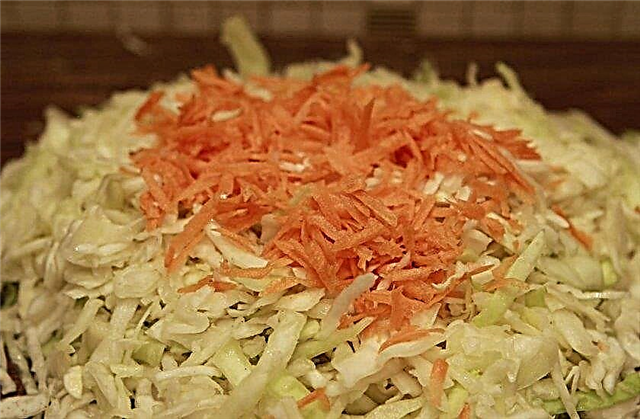 Peel the carrots. Cut into thin strips. Put the vegetables in a bowl, mix with salt.
Peel the carrots. Cut into thin strips. Put the vegetables in a bowl, mix with salt.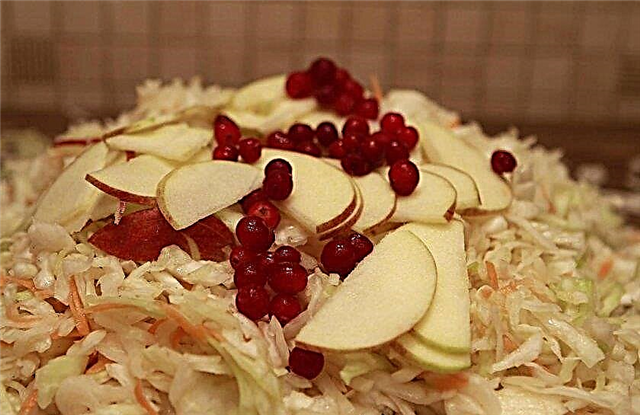 Cut apples in the middle, cut the flesh into thin slices along with the peel. Mix apples with vegetables.
Cut apples in the middle, cut the flesh into thin slices along with the peel. Mix apples with vegetables. With prepared leaves, line the bottom of an enameled pan or bucket. Lay out the workpiece in layers, sprinkle each layer with lingonberries and spices. Press with oppression, cover with gauze and put in a warm place for 3–7 days.
With prepared leaves, line the bottom of an enameled pan or bucket. Lay out the workpiece in layers, sprinkle each layer with lingonberries and spices. Press with oppression, cover with gauze and put in a warm place for 3–7 days.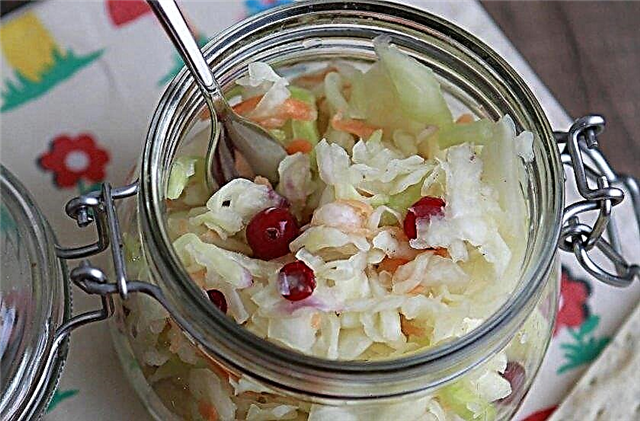 Transfer the pickled product to clean jars and close with nylon lids.
Transfer the pickled product to clean jars and close with nylon lids.
Did you know? In 2013, in Alaska in the contest "The Biggest Vegetable" cabbage weighing 42 kg became the "winner".
With two lingonberries

2 cans per 3 l1–1.5 hours
black pepper peas
1 tsp
Nutritional value per 100 g:
- Divide the head into parts and chop with a thin straw. Fold in a deep bowl.
- Wash carrots, peel. Grate on a coarse grater or grater for Korean salads.
- Mix cabbage with grated carrots.
- Wash and sterilize jars.
- Half fill the container with chopped vegetables. Squeeze lightly and pour in cranberries.
- Put the next layer of products on top of the berries.
- The container must be tightly filled with cabbage, but not tamped.
- Boil 3.5 liters of plain water in a saucepan, pour it into jars. After 10-15 minutes, completely drain the liquid.
- Prepare the marinade: pour 3.5 liters of water into the prepared dishes, add salt, sugar and spices.
- Bring to a boil, remove from heat, pour in vinegar essence.
- Pour into cans, pierce with a skewer to let the air out, and roll up with sterilized lids.
- Turn the cans upside down, wrap them up, leave to cool.

Storage Features
It is recommended to store the pickled product in a dark, dry place at a temperature of + 2 ° C to + 15 ° C. Recommended storage temperature for sauerkraut is from 0 ° С to + 5 ° С. Suitable as a cellar (in the countryside), and a refrigerator (for residents).
So, since the advantages of sauerkraut are known since ancient times, there are a large number of options for its leaven. Cooking such a dish will not take much effort and time, and the taste will satisfy every connoisseur of pickled and pickled pickles.Did you know? Cabbage is not only an edible vegetable, but also an ornamental plant with various colors of the internal leaves, which makes it an excellent decoration for flower beds.

 Cut the head into 4 pieces. Cut the stump. Chop into strips and put in a deep bowl.
Cut the head into 4 pieces. Cut the stump. Chop into strips and put in a deep bowl. Wash, dry and peel carrots. Grated peeled vegetable on a coarse grater. Add to cabbage.
Wash, dry and peel carrots. Grated peeled vegetable on a coarse grater. Add to cabbage. Add salt, dill seeds to the chopped vegetables and mix by hand, squeezing lightly, for the appearance of juice.
Add salt, dill seeds to the chopped vegetables and mix by hand, squeezing lightly, for the appearance of juice. Prepare lingonberries, rinse or thaw.
Prepare lingonberries, rinse or thaw. Add the berry to the mixture and mix with light movements.
Add the berry to the mixture and mix with light movements. Place the finished product, tamping slightly, in clean jars. Close the container with capron lids and put in a warm place for 3-4 days.
Place the finished product, tamping slightly, in clean jars. Close the container with capron lids and put in a warm place for 3-4 days. Divide the head into pieces, chop.
Divide the head into pieces, chop. Peel the carrots. Cut into thin strips. Put the vegetables in a bowl, mix with salt.
Peel the carrots. Cut into thin strips. Put the vegetables in a bowl, mix with salt. Cut apples in the middle, cut the flesh into thin slices along with the peel. Mix apples with vegetables.
Cut apples in the middle, cut the flesh into thin slices along with the peel. Mix apples with vegetables. With prepared leaves, line the bottom of an enameled pan or bucket. Lay out the workpiece in layers, sprinkle each layer with lingonberries and spices. Press with oppression, cover with gauze and put in a warm place for 3–7 days.
With prepared leaves, line the bottom of an enameled pan or bucket. Lay out the workpiece in layers, sprinkle each layer with lingonberries and spices. Press with oppression, cover with gauze and put in a warm place for 3–7 days. Transfer the pickled product to clean jars and close with nylon lids.
Transfer the pickled product to clean jars and close with nylon lids.